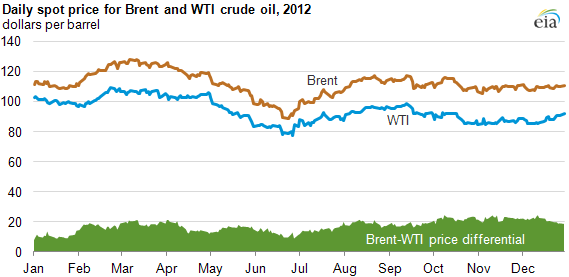Конец лучше всего предсказывать в марте-апреле, а возрождение в сентябре-октябре 🙂
http://iv-g.livejournal.com/836167.html

http://www.businessinsider.com/sp-500-maximum-drawdowns-since-2010-2013-6
http://goldenfront.ru/articles/view/sezonnye-kolebaniya-ceny-na-serebro
Definition of ‘Sell In May And Go Away’
A well-known trading adage that warns investors to sell their stock holdings in May to avoid a seasonal decline in equity markets. The «sell in May and go away» strategy is that an investor who sells his or her stock holdings in May and gets back into the equity market in November — thereby avoiding the typically volatile May-October period — would be much better off than an investor who stays in equities throughout the year.
Investopedia explains ‘Sell In May And Go Away’
This strategy is based on the historical underperformance of stocks in the six-month period commencing in May and ending in October, compared to the six-month period from November to April. According to the Stock Trader’s Almanac, since 1950, the Dow Jones Industrial Average has had an average return of only 0.3% during the May-October period, compared with an average gain of 7.5% during the November-April period.
There are limitations to implementing this strategy in practice, such as the added transaction costs and tax implications of the rotation in and out of equities. Another drawback is that market timing and seasonality strategies do not always work out, and the actual results may be very different from the theoretical ones.
While the exact reasons for this seasonal trading pattern are not known, lower trading volumes due to the summer vacation months and increased investment flows during the winter months are cited as contributory reasons for the discrepancy in performance during the May-October and November-April periods, respectively.
http://www.investopedia.com/terms/s/sell-in-may-and-go-away.asp
chart on monthly stock market returns since 1950. It clearly shows that the November through April periods have on average been superior to the May through October half of the year. And the difference is quite significant. “good” six-month period shows an average return of 7.9%, while the “bad” six-month period only shows a return of 2.5%.



http://www.ritholtz.com/blog/2009/05/sell-in-may-and-go-away/

